SummaryAirport Rating ** Reception of locals ***** Cost: £££
Hat-trick of tripsRather than write new articles if I visit a city multiple times, more recently I have just been trying to update my existing articles so that all of my experiences are in one place. This was my third time visiting Bangkok, but the last time I visited was 7 years ago and re-reading my latest article I realised that my writing style has changed substantially over the time. My old article felt more like a diary than a factual walk through of the city and so I decided it was probably easier to start afresh here. It means there are parts of Bangkok I have visited that won't be covered here, particularly some of the more famous temples and landmarks. If you want to read about them, you can read my old article here. Bangkok is not an ancient capital, nor does it have the rich history of other capital cities around the world. It was designated the country's capital a little under 250 years ago, and grew rapidly after the Second World War, and particularly following the end of the Vietnam War thanks to considerable investments, first from the United States, and then Japan. While the city suffered greatly from the impact of the 1997 Asian Financial Crisis, by that point it was already a large metropolis attracting workers from across the country, and across borders. It was also during this time of rapid unconstrained growth that led to massive income disparity throughout the city. If you want to know why Bangkok feels like a crazy, disjointed city with extreme wealth and poverty, you only need to study this period of time to get your answers. The city today is nothing short of sensory overload. It's the term I used in my last review, and it still rings true. From large modern skyscrapers to concrete monstrosities, to areas that house the cities poor in nothing but corrugated metal sheets, Bangkok is intense. I also learned the full name for Bangkok during this visit: Krungthepmahanakhon Amonrattanakosin Mahintharayutthaya Mahadilokphop Noppharatratchathaniburirom Udomratchaniwetmahasathan Amonphimanawatansathit Sakkathattiyawitsanukamprasit. Good luck trying to remember it. Gotham in AsiaLet's start with the obvious, Bangkok is not for everyone. Thick smoke from vehicle pollution in traffic jams that seems all pervading hangs heavy in the humid air of a city that, at times, feels like a furnace. In certain parts of the city, the pavements either side of these roads are filled with street vendors adding more smoke to the city air through their barbeque grills. Businesspeople in suits power walk quickly through crowds, avoiding the tourists who linger more casually, while homeless people of all ages ask every passerby for anything they can spare. High above some streets, concrete structures support infrastructure for metro trains and trams to crisscross between large skyscrapers, giving the city an almost Gotham-like feel. Bangkok is a city with bucket loads of energy and there is something to see, do, or experience around almost every street corner as you get closer into the city centre. In my blog on Hong Kong, I described the city as New York on steroids, particularly the Kowloon area. Bangkok feels like a whole city with the intensity of Kowloon, with little room to escape it, and it hits you as soon as you enter the city. Golden Mount and City ViewsI'd done a lot of the tourist stuff during my first two visits, but I hadn't visited Wat Saket, also known as the Golden Mount. Located outside the old city walls, today the Buddhist Temple lies near the centre of the city and serves as a symbol of Bangkok. Entry to the temple costs 50 Baht and you can walk up and buy tickets on the day. To get to the top of near 80m hill there's a short climb of about 300 steps. Given how close you are to the city centre, the climb is a really interesting one. Red spiral staircases circle the mount and overlook the busy streets below. Bells ring in the background and prayers are read out over the loudspeakers as you climb. On the sides of the stairs a wall separates you from the hillside below, with flags fluttering on the wall near the top of the climb. At the top is a small shrine with several statues of Buddha and place to buy refreshment. Outside on the rooftop is a magnificent golden stupa outdoors, and there are 360-degree views of the city. You can see most of the famous landmarks, and even a Sikh Gurdwara. Unlike the large indoor viewing platform inside skyscrapers, the views here are outdoors so you can really make out the different neighbourhoods of the city, key landmarks, and famous attractions. The views alone are worth the climb. The real Sin CityI stayed in a completely different part of Bangkok this time, and while it was pretty busy during the day, it was almost impossible to navigate during the evening. The streets were packed with tired locals, large parties, and a strange amount of older European looking men walking around on their own. It was only later that I realised that my hotel was bordering the red-light district. I didn't need a map to figure that out, the number of propositions from some very questionable looking people gave that away. I understand that at a certain age and for a certain type of tourist it can be fun. I'm neither that age, nor that type of tourist, and it was both exhausting and a little creepy. Soi Cowboy is one of the most famous parts of the district, and it's insane. It really made me feel that Amsterdam is massively sterilised and sanitised compared to Bangkok. I can't imagine any other city in the world with the kind of unconstrained vibe that an evening in Bangkok has. During the day, the area is home to some large shopping centres, including Terminal 21. Each floor is based on a different city, so there are floors with a Tokyo aesthetic, a London look, a Paris vibe and so on. It's a little tacky but it seems to work. I walked around many of the floors and it was only after hitting the floor in London that I realised I had actually visited the shopping centre seven years ago. To the north of the area is a night market targeted more at locals. After visiting the tourist night markets last time out (and really enjoying them), I wanted to check out something more local and the Train Night Market Ratchada was a perfect way to do it. There were little to no tourists, and mostly youngsters in the early to mid 20's hanging out and eating food. There was a very laid-back energy, and this was probably because there were several empty stalls which meant the energy could dissipate at the end of every aisle. It was a fun experience although I'm not sure I'd recommend it. Gurdwaras in BangkokOne of the things I missed out on during my first two visits was to visit a local Gurdwara, and I'll be honest, that was the primary reason for this third visit - and I made up for the fact by visiting three different Gurdwaras within the city. Thailand has a rich history when it comes to Sikhi, with the first Sikhs settling in the country in the late 19th century, and a sizeable Sikh community being present by the second decade of the 20th century. The first, and most famous Gurdwara that I visited was Sri Guru Singh Sabha, Bangkok. The Gurdwara itself dates back to 1933, making it one of the oldest Gurdwaras outside the subcontinent, and with a tremendous amount of history. In fact, the Gurdwara was bombed by the US during the Second World War but survived largely intact as the bombs didn't explode. Today it is a focal point for a portion of Thailand's near 70,000 Sikhs and has become a site of great tourist interest. When I visited there were tourists from Germany who were being given a tour. Firstly, this is straight up one of the most beautiful Gurdwaras I have ever seen in my life. You enter through a small gate with a gold-plated dome on top. Inside a plaque welcomes you to the Gurdwara and you take a small walk through the gardens and into the entrance. Inside, a large hall provides the welcome with bathrooms and a place to put your shoes. Signs around the Gurdwara advertise Panjabi and Gurmat classes, while a larger sign advertises a blood bank that is hosted by the Gurdwara - a great way of serving the local community. Large marble staircases are the way towards the darbar sahib. Lower floors have various function rooms and then a large langar hall. The langar hall is one of the largest I've seen, and very beautifully decorated, with a stage area on one side that I found very interesting. A few floors further up and you're in the darbar sahib. The Gurdwara is most famous for its palki sahib - or the throne of the Guru. Unlike British influenced Gurdwaras that place their throne at the end of the room like an alter in a Church and then split genders so that males and females don't mix, the palki sahib in this Gurdwara is located near the middle of the room with no split for men and women. It's not surprising given the age of the Gurdwara that the British influenced reformist movements of the early 20th century didn't have quite as much impact here. I can't begin the describe the incredible beauty of the darbar sahib. The golden throne, the open hall, the beautiful decorations. I could have sat there all day. I spoke to the local granthi who told me that pre-Covid the Gurdwara was always busy, especially on weekends, but the community has been slow to return since then. I also noticed the different way that Sikhs here tie their dastaars. It's always interesting to see these differences. A small pigeon which had spent quite a while walking across the darbar hall flew into a gap in the ceiling. This whole Gurdwara looked and felt different to any other that I've visited before, and I'm not sure I'll ever visit anything like this again. One final floor higher and you have the classrooms which are decorated by paintings done by local children. Seeing things like this makes me very happy. It means there are concerted efforts to pass on the Panjabi language and the teachings of Sikhi to the next generation. Certainly, some of my favourite memories involve the classrooms of my local Gurdwara, and to see children get that opportunity on the other side of the world is amazing. At this point you are actually five or six floors up and you have phenomenal views over the city. The Gurdwara itself is a mini skyscraper, and not only can you see a fair amount of the city from the windows of its higher floors, but you can also see the Gurdwara from different vantage points from across the city. The second Gurdwara that I visited was actually in the same area as my hotel, and when I searched on Google Maps, I was surprised to see that it was directly opposite Soi Cowboy, that ridiculously intense street in the middle of the red-light district. Having walked through the area the previous day and seeing no sign of a Gurdwara I thought this might be one of those times where someone randomly pins a Gurdwara where one doesn't exist (this happens a fair bit). So, with some trepidation and low hopes I went for a walk during a morning to try and find it. Turns out, there is a Gurdwara, and yes, it is located in the middle of this crazy district but the reason I hadn't noticed it the previous day was that it is tucked away from the main street. While I still can't begin to imagine how strange being in that Gurdwara must be like at night, the gap between the main street and the main building is large enough for the noise to fall away slightly. The Gurdwara is the Namdhari Gurdwara of Bangkok. I haven't visited too many Namdhari Gurdwaras in my time, but whenever I do, it is always a positive experience. Namdhari Sikhs might have certain important differing views from Singh Sabha Sikhs, but there is no doubting their love and respect for both Guru Granth Sahib Ji, and Sri Dasam Granth which always has parkash (sharing of its radiance) in their Gurdwaras. Namdhari Sikhs are also keepers of traditional sangeet vidhya (science of music) and tend to play shabads in their traditional raags. Their kirtan (devotional music) is perhaps the most beautiful in all of Sikhi and I was very lucky to hear two Singhs practicing their kirtan in their all white banas and dastaars. I sat for near enough an hour just listening to their singing. The third Gurdwara that I visited was Guru Nanak Dharam Parchaar on the other side of the Chao Phraya River that runs through the city. Located outside the main city centre, I took a near 45-minute metro ride and a short 10-minute walk to get there. The metro ride over was really good as the trains ride above the Bangkok city streets. It meant that as I crossed the bridge to the opposite bank of the river, the views over Bangkok were magnificent. Unlike the other two Gurdwaras that are located in the city centre, Guru Nanak Dharam Parchaar Gurdwara requires you to walk through some quiet streets, some residential, some industrial. The Gurdwara itself borders a small patch of wild grassland. The Gurdwara building itself seems relatively modern, although inside there was very little space for natural light on the ground floor. There are photos of the Thai Royal Family, something I tend to see in Gurdwaras located in more authoritarian regimes. Upstairs there is a compact darbar hall that accommodates the local community, but the langar hall is fairly large in size. During my visit I could hear children playing in some of the rooms, and drawings pinned on walls was a nice sign that there is an active Sikh community here. While this Gurdwara might not have the visual impact of Sri Guru Singh Sabha Bangkok, it had a much more community led feel about it, and I really enjoyed my visit. In fact, as I left the Gurdwara I walked further into the residential area and was surprised to see that almost the entire neighbourhood was Sikh. Many houses had elements of Sikhi on their exteriors - from representations of Guru Nanak, to Khandas. One even had a large gold-plated dome. And these houses were big, some were mansions, a testament to the commercial success of the local Sikh community. Some even had private roads named after their owners, others seemed to stretch for entire blocks, with large security gates obscuring all but their roofs. Khlong Bang Luang Floating MarketA short 30-minute walk from Guru Nanak Dharam Parchaar Gurdwara is the Khlong Bang Luang Floating Market. It's not actually a true floating market, rather it's a market located by canals. Much like the Gurdwara, it's located a fair distance from the main city centre so it's a great way to see the quieter side of Bangkok. It's not a huge market, but it is well worth a visit. The whole market is based on small wooden boards on the canal side, and centred around the Baan Silapin, an artist house that doubles up as a cafe. As soon as I walked into the market, I saw many young people sitting on the canalside painting the landscape around them. In one of the cafes a couple of people were singing and playing guitars, while a third cafe served as the main food hall. It was relatively quiet and I really enjoyed the chilled out feel of the place, even if it did border on being slightly "hippie". It was here that I met a gentleman from Pakistan, an Ahmadiyya Muslim who had been persecuted and was given refugee status in Bangkok. He saw me from afar and greeted me in Panjabi. What followed was an incredible near 2-hour talk on the canalside about his life and journey. He spoke about his issues in Pakistan, his struggles in adjusting to life in Bangkok, and his hopes for permanent residency in Canada. He mentioned that Sikhs here are quite successful, and many marry local women but their children tend to lose their Sikhi. He said it was the same in other communities too. The Floating Market was good, but they walk back was questionable. I could have ordered a taxi, I could also have taken the short walk to the metro station, but I decided that it was possible to walk all the way back to the city. It was possible, but it doesn't mean it was a good idea. The walk started fine, along a busy main road that seemed like a relatively poor neighbourhood but it was too busy to be troubling at all. But as the journey progressed, I found myself walking through several villages, farmlands, industrial sites and all types of things. Some parts were great. Walking through villages and seeing local Buddhist temples, schools and life away from the city centre was great. Walking through pure farmland with the distant laugh of playing children was a nice experience. Some parts were less good. There were times I was literally walking through the perimeter of people's houses with their doors directly on my path. Here, curious people would stare intently as I walked through their quiet villages. It was obvious I was a tourist, and there were absolutely no tourists here. Imagine a random person walking through your village back in Panjab, they would absolutely get attention. Some parts were downright scary. There were times I was walking through real struggle and poverty. Shanty towns that reminded me of the favela I visited in Rio de Janeiro. Here, the stares seemed to be stronger. Local youngsters on scooters would ride past me two or three times. I was hit quite hard with a scooter on one occasion - purely accidently - and the person was apologetic. I didn't fall and stood my ground and very quickly the situation was resolved through various hand signals (all nice and positive). On several occasions I would have to pass through narrow alleys with high walls, dogs barking aggressively through gaps in the walls, and thinking to myself if somebody wanted to rob me and blocked both sides of the alley I'd have no place to go. If I was smaller, maybe I'd be an attractive target. Eventually I made my way to the banks of the River, walking past Wat Arun, the temple I had climbed during my first trip eight years ago, and paid the 5 Baht to cross the river onto the livelier side of the city and back toward where I was staying. Ong Ang CanalThe Ong Ang canal is located between the Chinese and Indian quarters of the city, and I visited both during the day and evening. During the day, I spent some time walking along the canal after visiting the nearby Sri Guru Singh Sabha Gurdwara. Near the canal is a large sheltered market that extends over several blocks and seemed to be filled with Indian locals shopping for food and clothes. It was my visit during the night when I saw the canal really come to life. The canal was recently cleared and repaired by the government, and very quickly the canal attracted significant attention from the local community. Large murals cover the walls of the canalside, while street vendors sell everything from small accessory items, to food, clothes and paintings. There are street performers and the seating from local restaurants spill over onto the banks of the canal. Beautiful lighting creates a nice atmosphere, and everyone seemed to be enjoying themselves. At one end of the canal walk there are more Chinese restaurants, while on the other side there are Pakistani, Indian, Nepalese, and (several) Panjabi restaurants. I saw quite a few Panjabi restaurants in different parts of the city (and I ate in a couple), and that's quite rare given that in many cities, restaurants tend to be either Indian, Pakistani or Bangladeshi. Khao San RoadNo trip to Bangkok is complete without a visit to Khao San Road. I've been three times. The first was earlier in my 20s and I had a great time with a large group of people, partying late into the night. My third trip was on my own in my thirties and it was a very different experience. I went in the late afternoon when things were just beginning to open up to the evening festivities. Some of the places I had visited during my first two trips had closed, others were still there. I sat in a newer bar and just spent an hour or so watching people walk past and just relaxing. I was there a couple hours earlier than when this area really comes to life, but the street felt completely different to the one I visited seven and eight years earlier. It seemed quieter, cleaner, and more gentrified, while some famous bars seemed to have been closed for many years. Public transportationI spent a lot of time walking on this most recent trip, but I also had a chance to check out the public transportation. The metro might not be as extensive as many other major capital cities, but it can quickly get you between different parts of city. Trains and stations are clean and modern, and every train I caught seemed to be punctual. There is air conditioning both in the stations and the trains and it's a nice feeling of freshness from the pollution and humidity outside. To use the metro as a tourist, you can use the ticket offices to buy day passes or single journeys. In exchange you get a small plastic token that can be used to open barrier gates in each side of your journey (so don't lose it). The bus network is even more extensive very cheap. My near hour-long journey through the city cost 8 baht which is about 20p. The buses are stripped back bare, I assume to make them as light as possible, there is no air conditioning, and you can feel the fumes of passing vehicles as they creepy through the windows. But I really enjoyed the journey, it was comfortable and efficient, and although there is a lot of waiting around in traffic, it's hard to argue with 20p. To use the bus as a tourist, you can wait at a bus stop and step inside. After finding your seat a conductor will come over and give you a ticket in exchange for the money. Finally, there is the airport. I've been to Bangkok Suvarnabhumi Airport three times now, and I've had issues on two of those occasions. The first time, a policy sniffer dog went through my bag, while this time I had an issue getting one of my salais through. I usually travel with two salais, my wooden travelling one, and if I'm away for a longer period of time I also bring my metallic one. I've never had issues with my wooden salais but the metal ones can create some issues. It did on this occasion. A young hijabi woman wouldn't let me through with my salai. I explained what it was for, and she still refused. I told her I had expected more from a hijabi and she called her manager, who after some back and forth also refused to let the salai through. They went to throw the salai away and I firmly told them to return it to me. I said if I was not able to take my salai I would check-it in. They thought I was a little strange, but I wanted to make clear that a salai is important to a Singh and we don't just throw them away. It's when you get apathetic about your rights that they can get eroded. I encourage all Singhs and Kaurs to be firm but respectful about your rights. One example of apathy can encourage security personnel to believe these things are not as important as individuals say they are. Would I recommend visiting Bangkok?For sure. It won't be everyone's cup of tea, but I think it's a place you should visit if you get the opportunity. Definitely do the tourist things. They are popular for a reason. Some of them I haven't covered in this article, but I have in my older posts. But also try and get out of the main city and see the quieter more manageable parts of Bangkok. If you don't like the crowds or the hustle and bustle of big cities, then Bangkok definitely will not be for you. It is significantly more intense than any western city I've visited, and probably more intense further afield too. As a Sikh, the only problems I experienced were at the airport, and even these was manageable. In the city, your race doesn't seem to mean anything. I can only describe it like an episode of Star Trek, there are people from all over the world, going about their business. They usually stick with other people from their background, but the different groups seem to get along well. Comments are closed.
|
AuthorBritish Sikh, born in the Midlands, based in London, travelling the world seeing new cultures. Categories
All
|
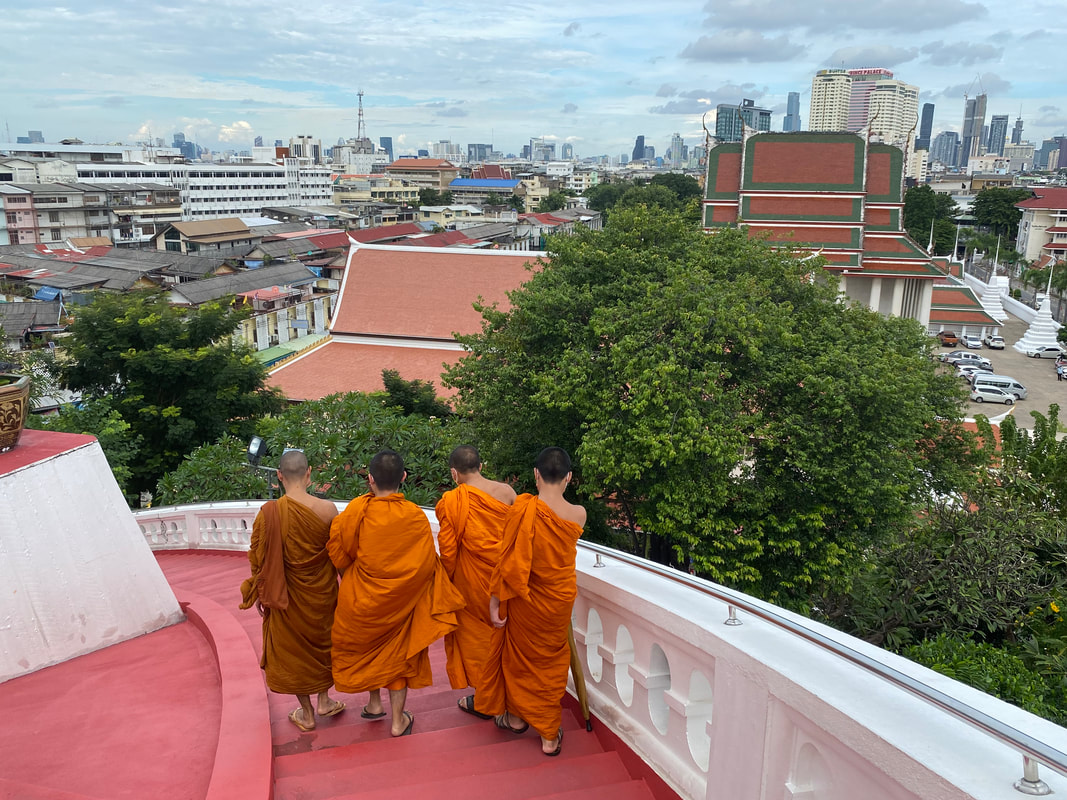
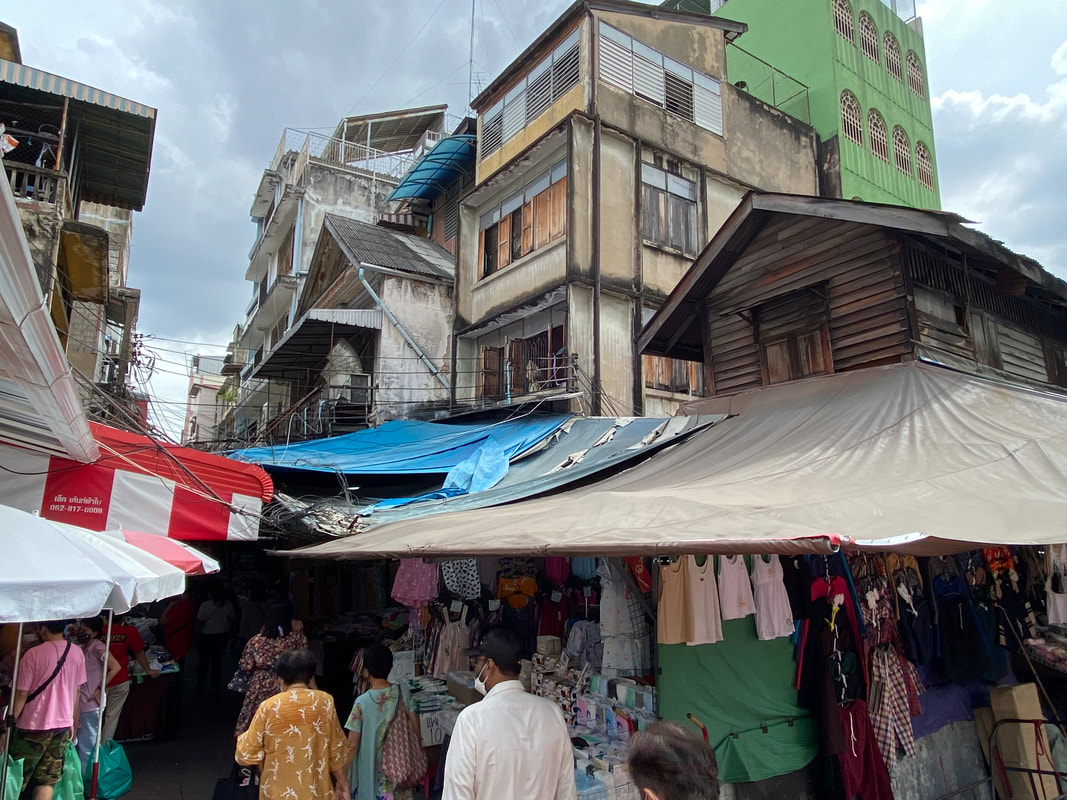
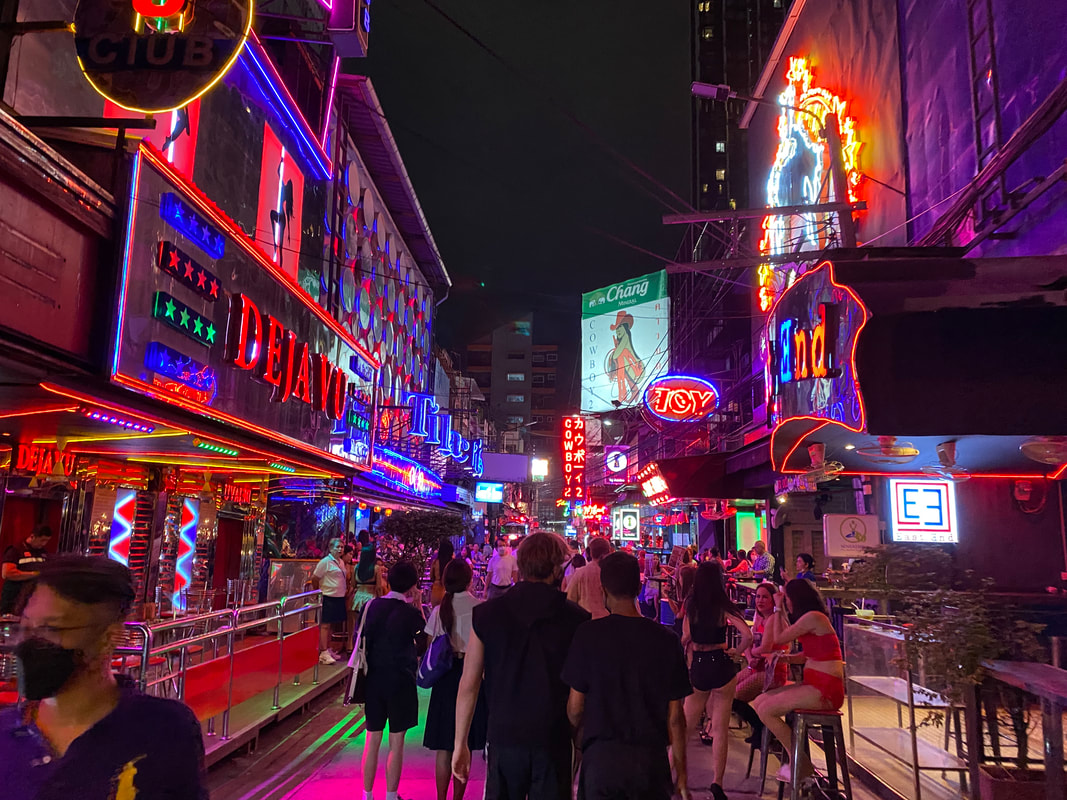


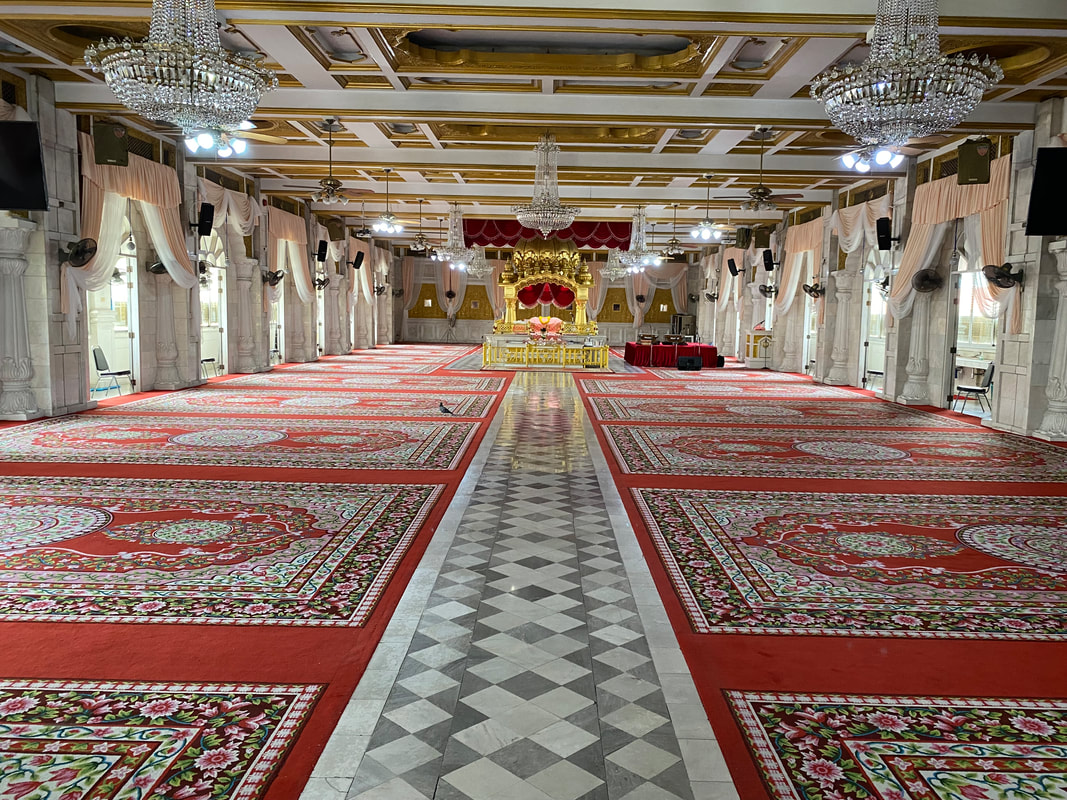

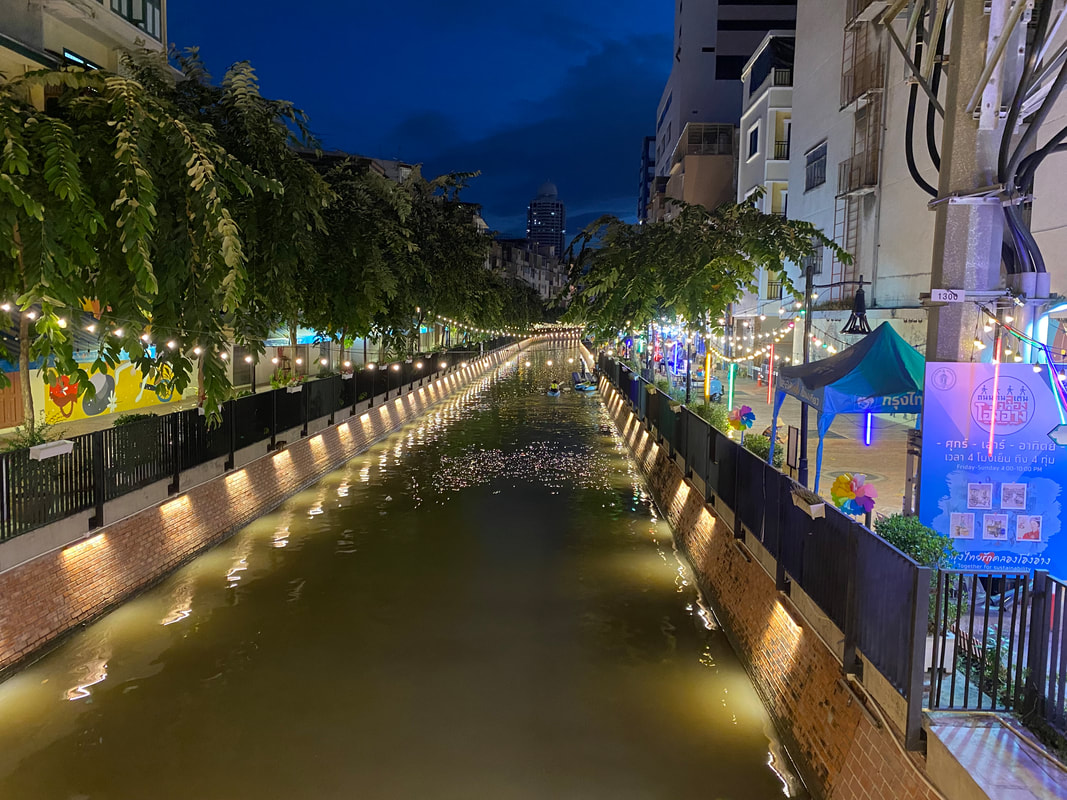
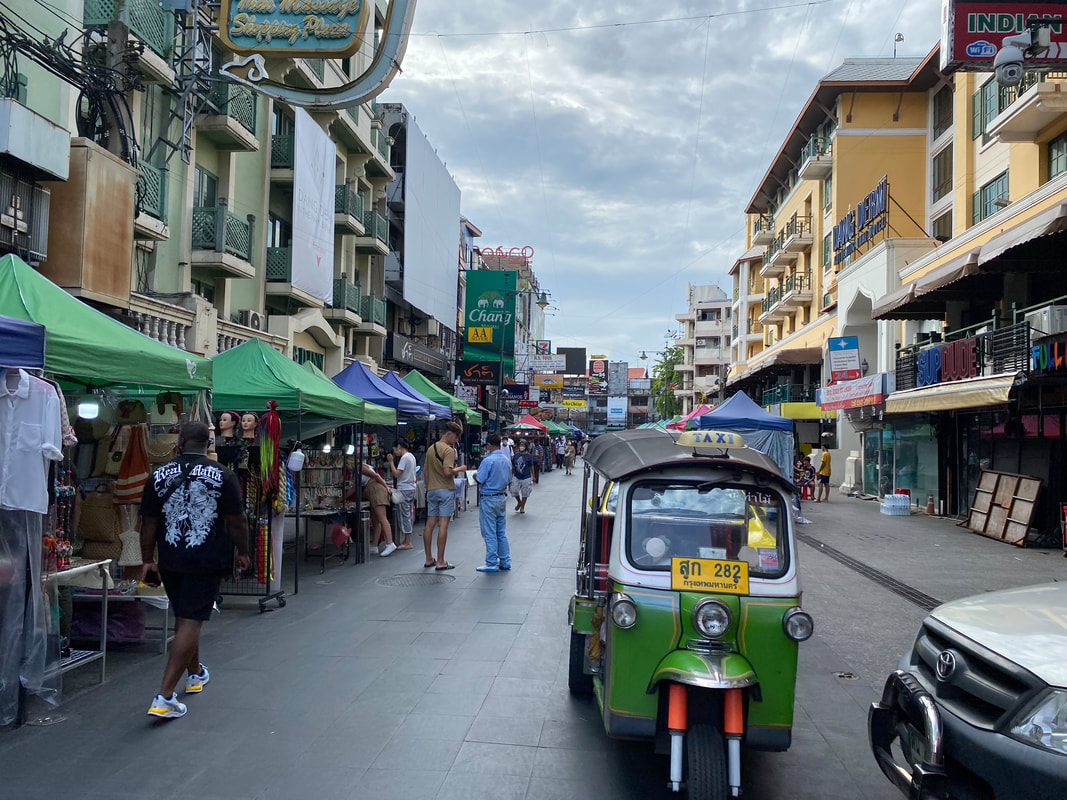



 RSS Feed
RSS Feed